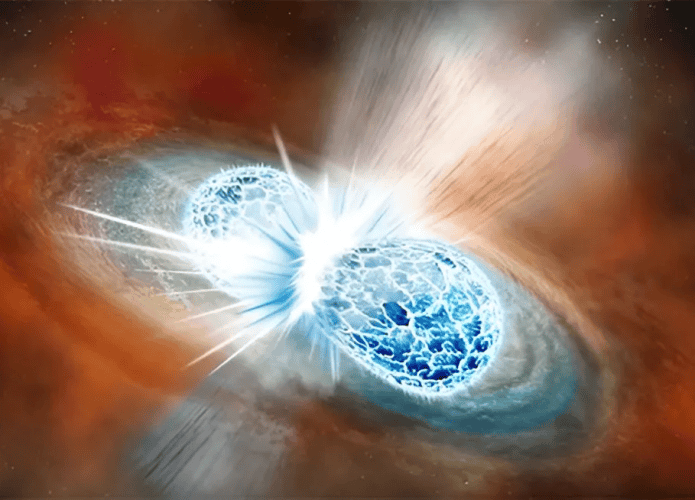Astronomy is a fascinating science with its discoveries and secrets of the universe, and has captivated us for thousands of years with stories, experiments and images. Among many phenomena, the pulsar is one of the most influential.
A pulsar is a special type of neutron star that rotates very quickly and emits beams of radio waves. Pulsars are highly magnetized pulsating stars that form when a star is larger than the mass of the Sun.
Read more:
Pulsars are the most massive celestial objects that we can observe. Their magnetic fields are so strong that they direct particle releases at their poles to produce beams of light so powerful that they can be seen from Earth with a suitable telescope as they rotate.
Pulsars are variable stars. X-ray pulsars are observed using X-ray telescopes, which are satellites in low Earth orbit.
This concept may seem somewhat abstract, like many others studied by science, but we can compare pulsars to a lighthouse capable of guiding the navigator on vast dark seas. Pulsars can also serve as guides into the immensity of the cosmic ocean that is space.
The first pulsar was discovered on November 28, 1967 by British astrophysicist Jocelyn Bell Burnell and radio astronomer Anthony Hewish. The pulsar, also known as PSR B1919+21 or PSR J1921+2153, is located in the constellation Lupus. This discovery was almost accidental and allowed a better understanding of the process of stellar evolution.
Pulsars are a type of neutron star that form when the core of a massive star is compressed during a supernova. Pulsars rotate and emit beams of light that cross the visible face of the Earth thousands of times per hour.
What are neutron stars?
Neutron stars are celestial bodies formed from the thermonuclear explosion of stars eight times the mass of the Sun, and are composed almost entirely of neutrons, which are subatomic particles with no electrical charge.
They are small, but very hot and dense, have very high gravity and can contain intense magnetic fields. It has a mass of one or two times that of the Sun compressed into a sphere with a radius of 10 kilometers. The result is a very high density: a cup of this material weighs the same as an Everest.
They are the densest objects we know of (except for black holes). It is likely that many neutron stars in space will be undetectable, due to their size and the low level of radiation they emit. But yes, there are conditions under which they can be easily observed, such as pulsars.
According to information received from NASAIt is often noted that many neutron stars are pulsars, but not all of them actually are.

The largest pulsar ever recorded is the Vela pulsar, located 800 light-years from Earth. It is one of the closest to us that has ever been discovered. Its diameter is 20 kilometers, and it completes a revolution around its axis 11 times per second.
Why does a pulsar pulsate?
Pulsars don't actually pulsate, but they create the impression that they do through what's known as the “lighthouse effect.”
As the pulsar rotates, the charged particles that make it up move quickly, generating a large magnetic field. When surrounding particles enter this field, they are accelerated, creating a stream of radiation emanating from the poles of the neutron star.
If one of the jets is pointing toward Earth, due to the star's rotation, we will have the impression that the star is pulsing.

“Hardcore beer fanatic. Falls down a lot. Professional coffee fan. Music ninja.”


:strip_icc()/i.s3.glbimg.com/v1/AUTH_59edd422c0c84a879bd37670ae4f538a/internal_photos/bs/2024/c/3/wyn2SQSkKKEk2un5ZHFw/orango.png)




More Stories
Wild orangutans use the plant to heal wounds
Students can apply for a FAPDF Science Award
Discovering the deepest sea hole in the world in Mexico | The world and science